The Expanse Is The Best Sci-Fi Series For Real Science
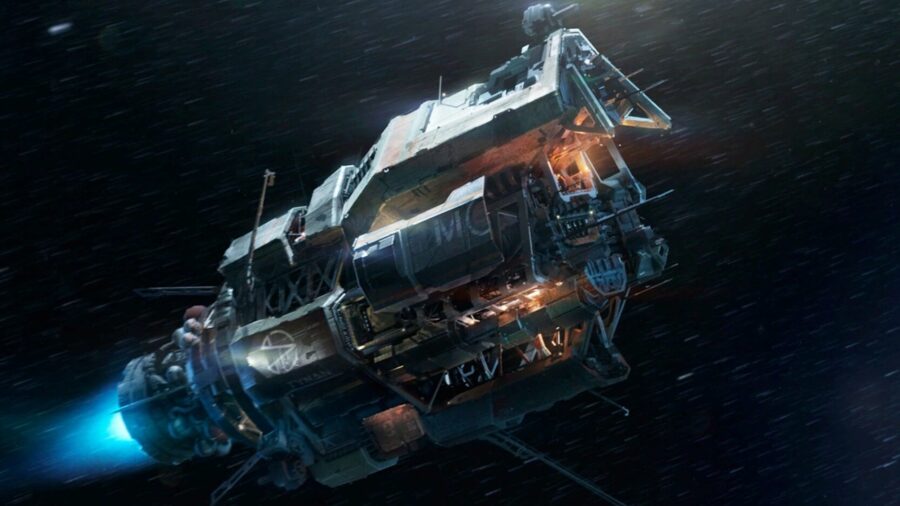
Science fiction has a bad habit of forgetting the first part of the genre and focusing entirely on the second, so much so that one of the biggest sci-fi franchises is Star Wars, and that’s more fantasy than it is sci-fi. Even Star Trek will fall back upon technobabble instead of working off real scientific principles. That’s why, for actual scientists and fans of hard science fiction, no show can approach The Expanse, which uses real physics to determine everything from what it’s like to live in low gravity to how ships move in the vacuum of space.
There Is No Artifical Gravity Generator
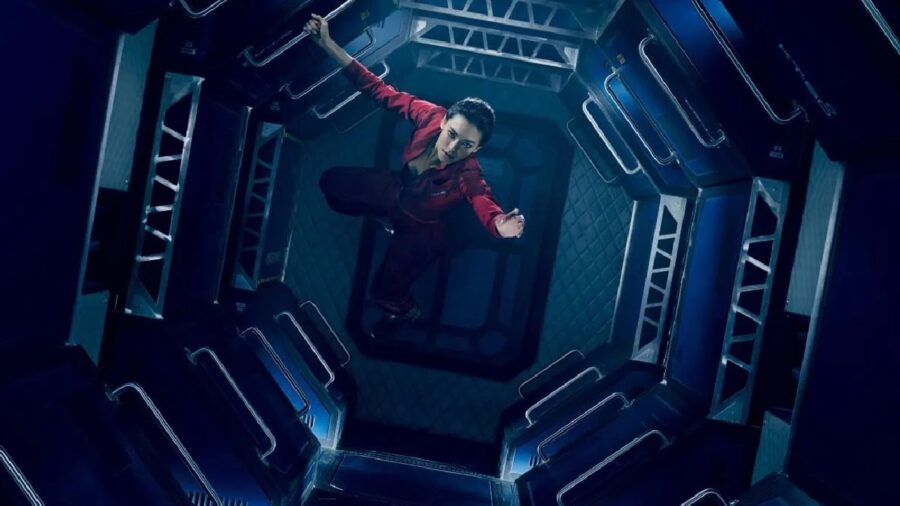
Most sci-fi properties get around gravity by establishing the existence of “gravity generators,” and so we’ll see them start to float after the ship sustained some damage, but the exact nature of these generators is never touched upon. Instead of hand-waving this away, ships in The Expanse generate gravity as a side effect of their acceleration through space. The easiest way to think of this is to imagine you’re on a roller coaster, and while going forward, you’re being pressed backward into your seat; that’s essentially how the show does it.
Applied Physics
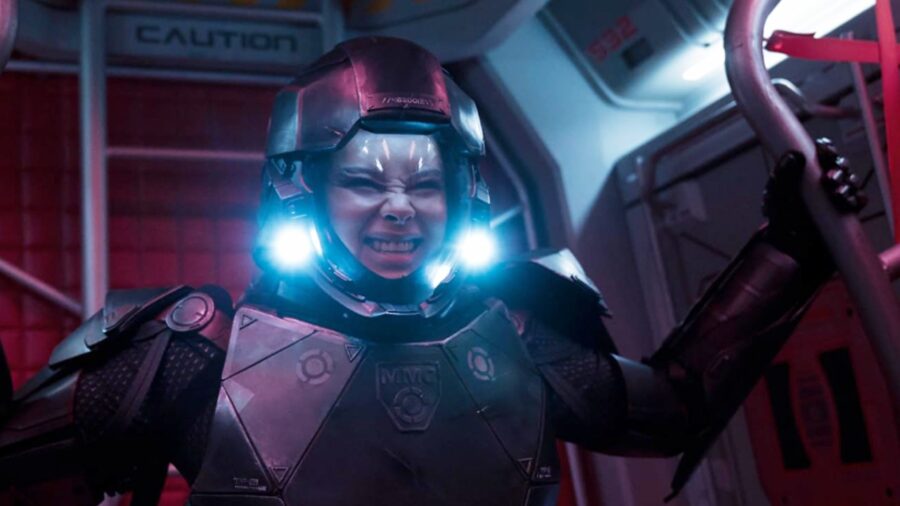
The force of gravity is 9.8m/s^2, and the ratio remains constant no matter how fast you travel, which means science has determined that 1g equals 22 miles per hour. That’s why when any of the ships in The Expanse are in motion, enough gravitational force is generated to make it look like Star Trek. Once a ship has slowed down, the crew is seen walking around in heavy gravity boots or floating.
Where it gets really interesting is when a ship has to turn.
Flip’N’Burn
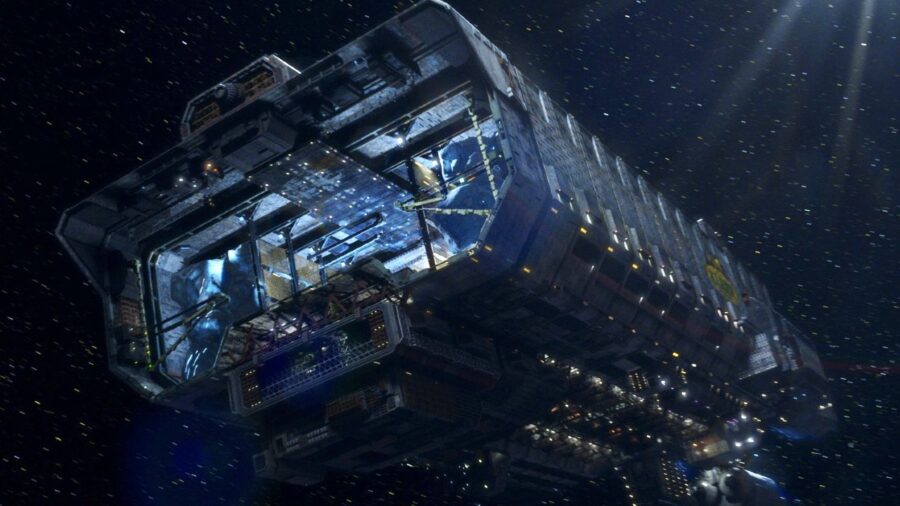
In space, there’s nothing to push off of to change direction, and there’s nothing to generate friction. This means, again, using real-life physics, a spaceship can’t simply turn by steering a wheel. Force is required, which comes from the massive engines located at the bottom of every ship, but that also means that when it’s time to, say, turn around in place, there’s an extra step. In the pilot of The Expanse, this is highlighted when the Canterbury engages directional thrusters, and now, the massive mining ship is being turned end over end.
There’s no rapid movement like an X-Wing, which, again, breaks the laws of physics. Instead, we get to witness the slow process of rotating a massive piece of machinery within a vacuum.
The Lack Of Gravity

Gravity plays a part within the space stations as well by demonstrating how a reduced gravitational pull changes the structure of the human body. Belters have less bone density than those that live on Earth because of this, which means when a Belter goes back planetside, they require a special harness that helps adjust the gravitational pull. Without the harness, as we see early on in The Expanse, Earth’s gravity can be used as torture.
Brought To Life By A Real Scientist
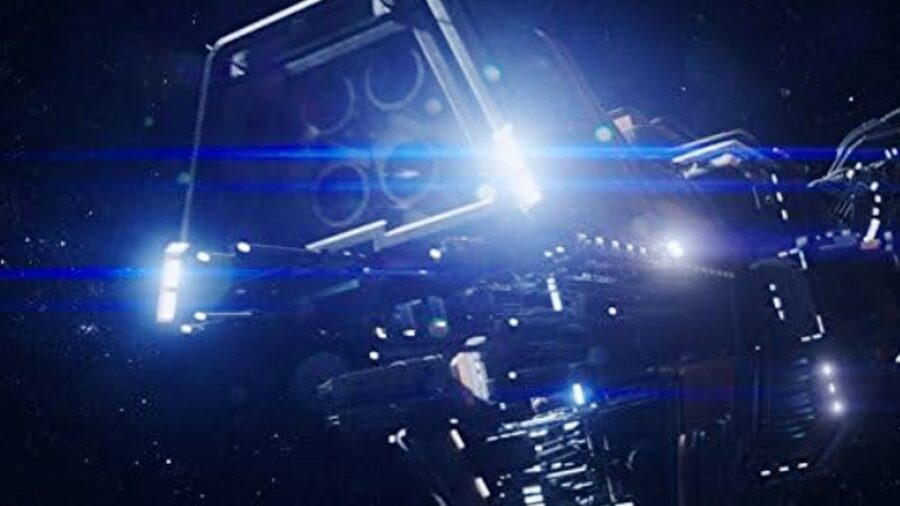
The Expanse was based on the novels by James S.A. Corey (the pen name for Daniel Abraham and Ty Franck), and they’ve mentioned that The Martian, another piece of hard sci-fi media, was a source of inspiration. In bringing the show to the screen, SyFy found the best man for the job in Naren Shankar, a former Star Trek and CSI writer, who also has a Doctorate in Physics. What better way to make sure that a series follows real science than to hire a scientist?
After watching The Expanse, it can be hard to go back to other sci-fi, but then again, it can be a fun game to point out everything that the series gets right compared to the countless scientific inaccuracies found in Star Trek and Star Wars.












